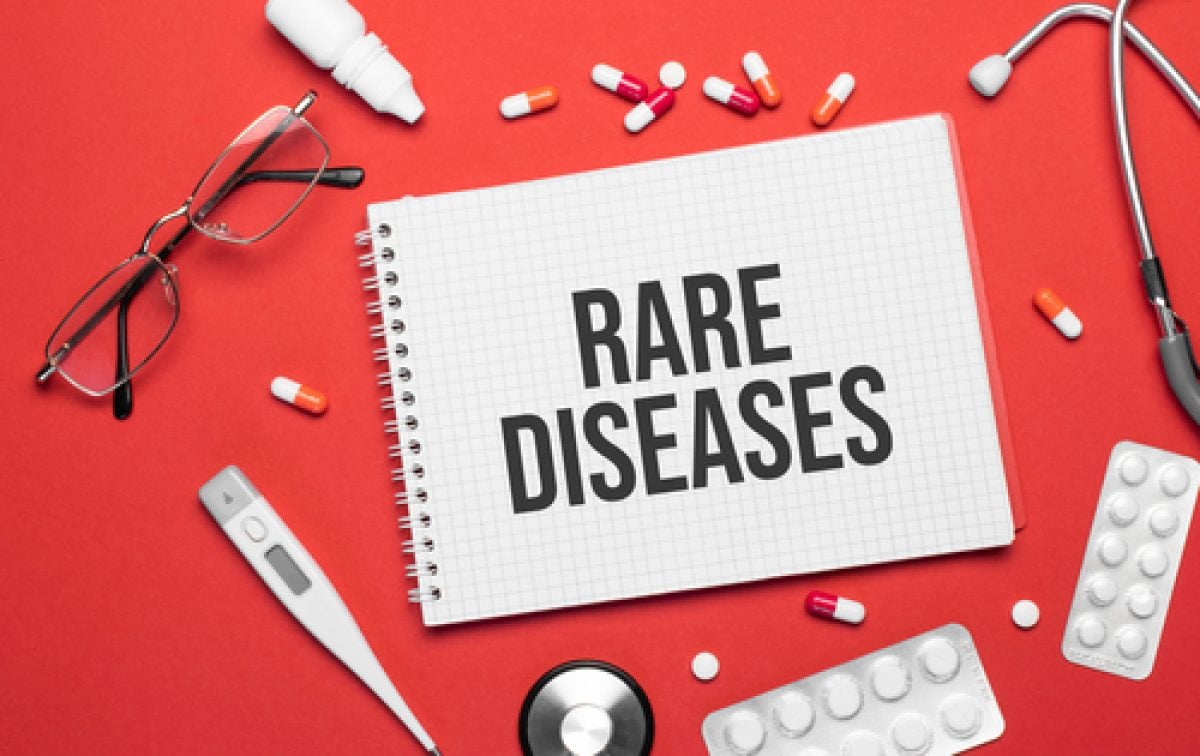In medical conditions, rare diseases present unique challenges to patients, caregivers, and medical professionals. These conditions, also known as orphan diseases, affect a small percentage of the population. While each rare disease is distinct, they collectively pose various treatment obstacles. This article delves into the world of rare diseases and orphan drugs, exploring the hurdles faced and the innovative approaches to overcome these challenges.
Understanding Rare Diseases and Orphan Drugs
Defining Rare Diseases
Rare diseases, by definition, afflict a limited number of individuals within a population. In the United States, a disease is classified as rare if it affects fewer than 200,000 people. This small patient pool can make research, diagnosis, and treatment particularly daunting.
The Role of Orphan Drugs
Orphan drugs are medications specifically developed to treat rare diseases. Due to the limited market for these drugs, they may need to be more financially viable for pharmaceutical companies to produce as more common medications. Governments often provide incentives such as extended exclusivity periods and research grants to incentivize the development of orphan drugs.
Challenges Faced in Treating Rare Diseases
Limited Research and Understanding
Many rare diseases still need to be better understood due to limited research and available data. This lack of knowledge hinders the development of effective treatment strategies. Medical professionals often work with incomplete information, making diagnosis and treatment intricate.
Diagnostic Delays
Diagnosing rare diseases can be a prolonged and frustrating journey. Patients may see multiple doctors and undergo various tests before receiving an accurate diagnosis. This delay can result in a worsened prognosis, making early detection crucial.
High Treatment Costs
The development of orphan drugs involves significant research and development costs. As a result, these medications can be prohibitively expensive for patients and healthcare systems. This financial burden adds layer of complexity to treating rare diseases.
Lack of Access to Treatment
In some cases, patients may not have access to appropriate treatment options due to geographical or economic barriers. This lack of access can lead to inequitable healthcare outcomes for individuals with rare diseases.

Innovative Approaches to Overcome Challenges
Collaborative Research Initiatives
Recognizing the need for shared knowledge, collaborative research initiatives have emerged. These efforts unite researchers, medical professionals, and patients to pool resources and expertise. Organizations like Global Genes and the Rare Diseases Clinical Research Network (RDCRN) foster a collaborative approach to understanding and treating rare diseases.
Personalized Medicine
Advancements in genetics have paved the way for personalized medicine approaches. By analyzing a patient’s genetic makeup, medical professionals can tailor treatment plans to the individual’s specific needs. This precision approach has shown promising results in improving treatment outcomes for rare diseases.
Regulatory Incentives
Governments worldwide have implemented regulatory incentives to encourage the development of orphan drugs. These incentives can include extended patent protection, expedited regulatory review processes, and grants to support research and development.
Telemedicine and Telehealth
Telemedicine and telehealth services have emerged as valuable tools in providing care to patients with rare diseases, especially those in remote or underserved areas. These virtual platforms enable patients to connect with specialists, receive consultations, and access necessary information without traveling.

